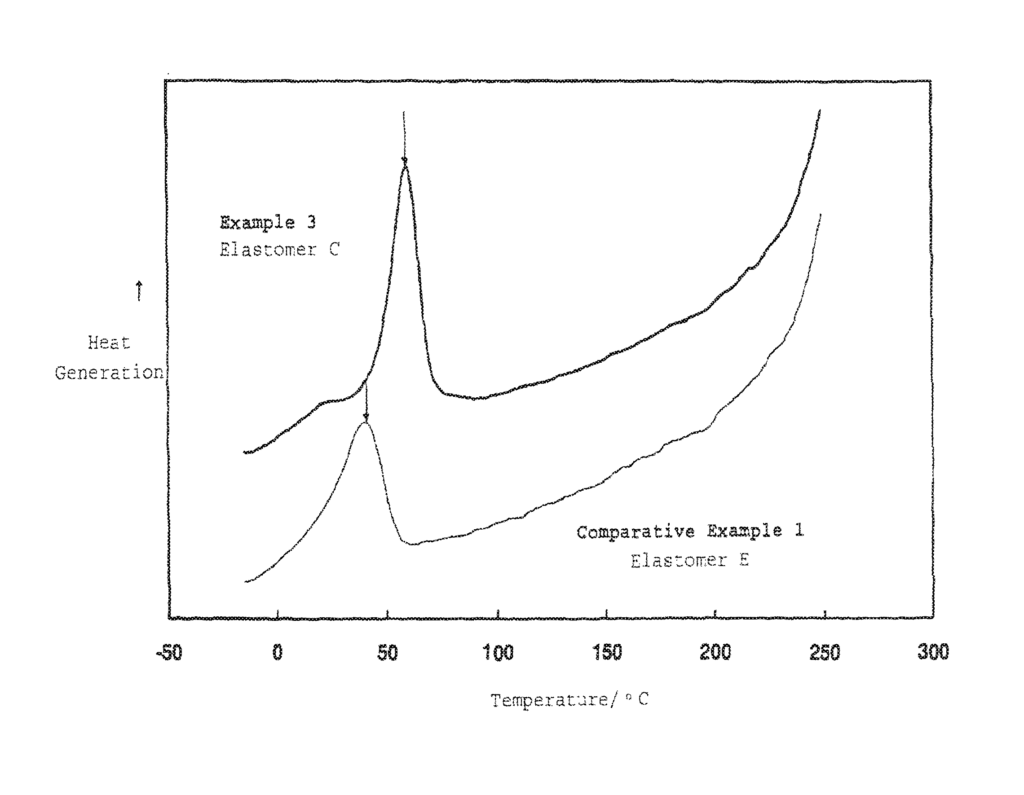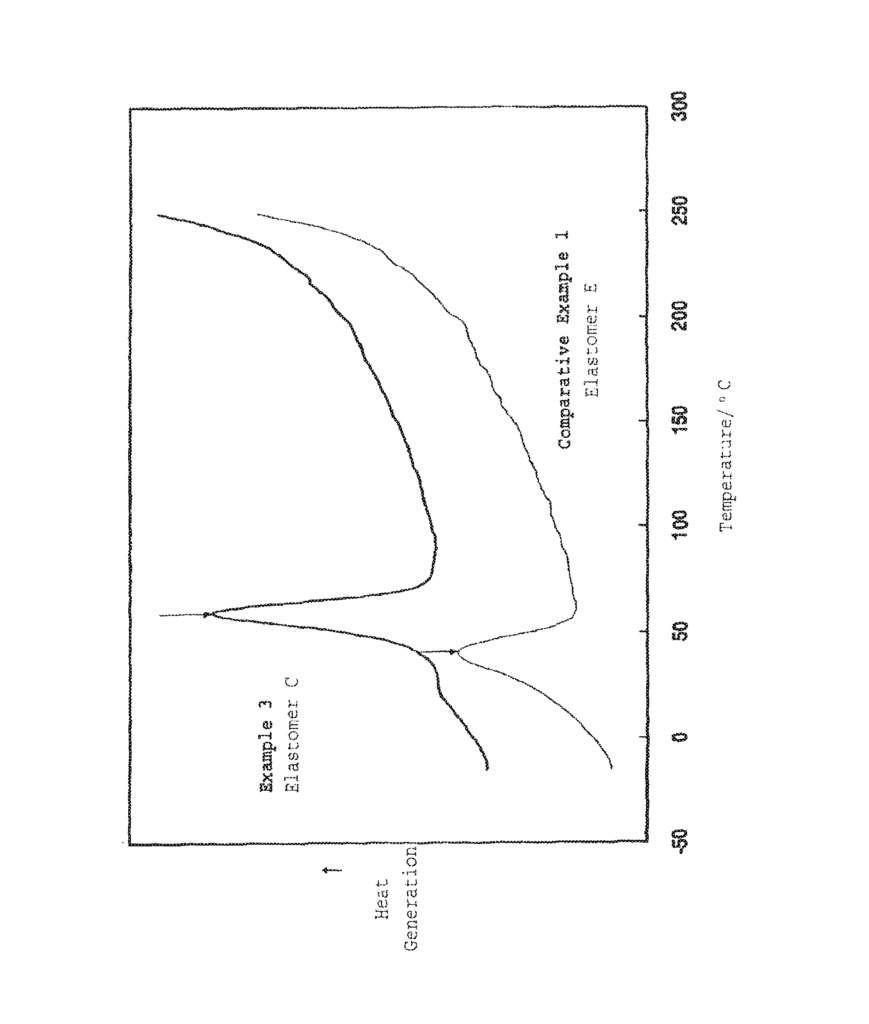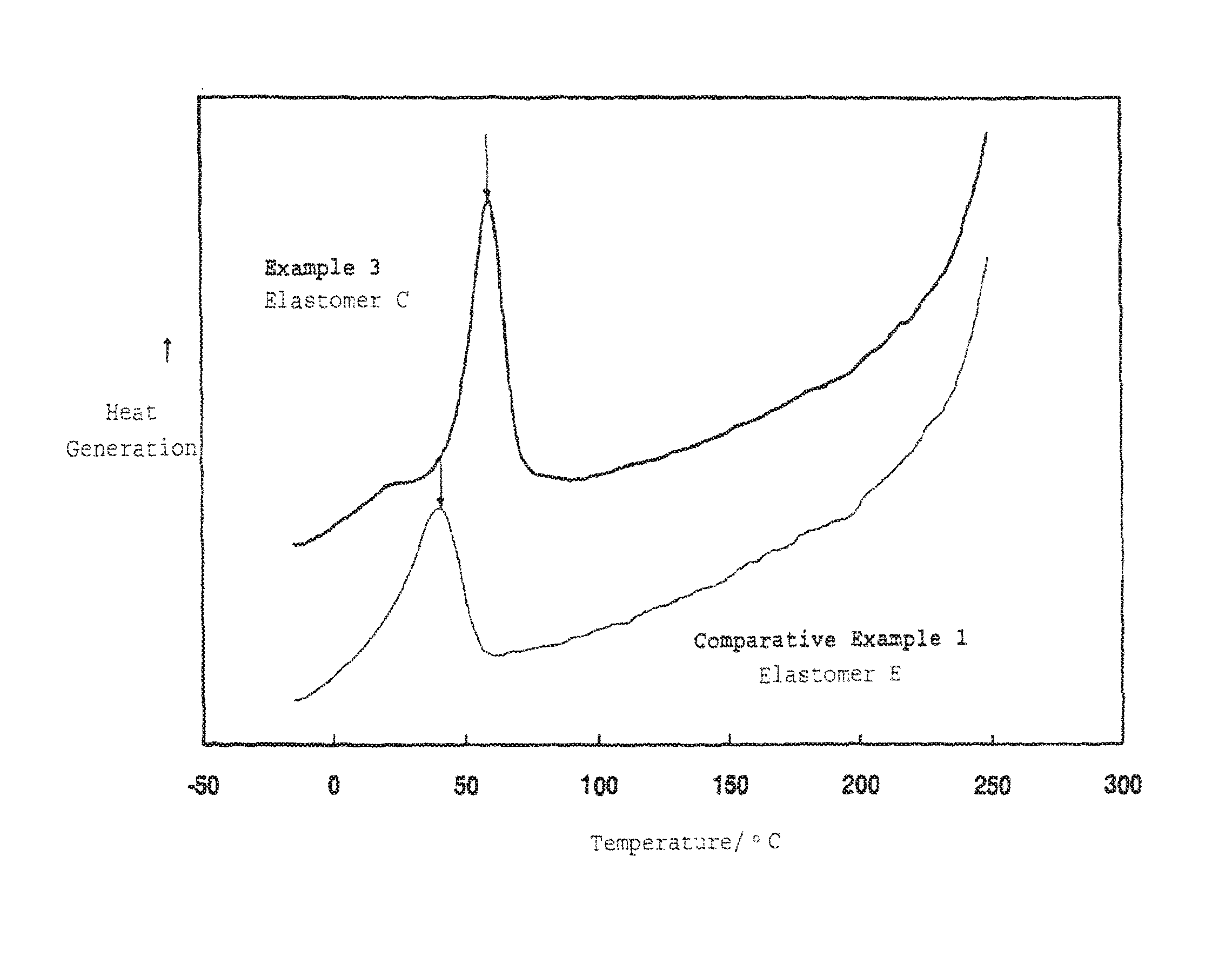Invented by Goro Kuwamura, Toshihiko Nakagawa, Daisuke Hasegawa, Satoshi Yamasaki, Mitsui Chemicals Inc
One of the major factors driving the growth of the polyurethane resin market is the construction industry. Polyurethane resin is widely used in the construction of buildings, bridges, and other infrastructure projects. It is used as an adhesive, sealant, and coating material, providing high strength and durability to the structures. The increasing demand for sustainable and energy-efficient buildings is expected to further boost the demand for polyurethane resin in the construction industry.
The automotive industry is another major consumer of polyurethane resin. It is used in the manufacturing of car seats, dashboards, and other interior components. The high strength and flexibility of polyurethane resin make it an ideal material for automotive applications. The growing demand for lightweight and fuel-efficient vehicles is expected to drive the demand for polyurethane resin in the automotive industry.
The furniture industry is also a significant consumer of polyurethane resin. It is used in the manufacturing of foam cushions, mattresses, and other furniture components. The high comfort and durability of polyurethane foam have made it a popular choice among consumers. The increasing demand for comfortable and stylish furniture is expected to drive the growth of the polyurethane resin market in the furniture industry.
The footwear industry is another growing market for polyurethane resin. It is used in the manufacturing of shoe soles, providing high durability and flexibility. The increasing demand for comfortable and durable footwear is expected to drive the demand for polyurethane resin in the footwear industry.
In conclusion, the market for polyurethane resin is expected to grow at a steady rate in the coming years, driven by increasing demand from various end-use industries. The unique properties of polyurethane resin, such as high strength, durability, and flexibility, make it an ideal material for various applications. The growing demand for sustainable and energy-efficient products is expected to further boost the demand for polyurethane resin in the future.

The Mitsui Chemicals Inc invention works as follows
Disclosed is a polyurethane resin which is obtained by a reaction between a polyisocyanate component, which contains 1,4-bis(isocyanatomethyl)cyclohexane including not less than 80% by mole of trans isomers, and an active hydrogen compound component.

Background for Polyurethane resin
Polyurethane Resins are produced by a reaction of a polyisocyanate and polyol component. They are used widely in many industries, such as lenses, synthetic leathers, slush, RIM, paints and adhesives.
As the polyisocyanate component, although aromatic diisocyanate such as tolylene diisocyanate (TDI) or diphenylmethane diisocyanate (MDI) is industrially well-known, aliphatic and alicyclic diisocyanates such as hexamethylene diisocyanate (HDI), 3-isocyanatomethyl-3,5,5-trimethyl cyclohexylisocyanate (IPDI), further dicyclohexylmethane diisocyanate (hydrogenated MDI), or bis(isocyanatomethyl)cyclohexane (hydrogenated XDI), are widespread in the fields where yellowing resistance is required.
Among them, bis(isocyanatomethyl)cyclohexane is excellent in yellowing resistance and mechanical properties, and further use thereof is expected in future.
Bis(isocyanatomethyl)cyclohexane includes structural isomers of 1,3-bis(isocyanatomethyl)cyclohexane and 1,4-bis(isocyanatomethyl)cyclohexane, and further, geometric isomers designated as the trans isomer and the cis isomer are known to exist in each of 1,3-bis(isocyanatomethyl)cyclohexane and 1,4-bis(isocyanatomethyl)cyclohexane.
There has been reported that, for example, 1,4-bis(aminomethyl)cyclohexane having a content ratio of trans- to cis-isomer of 3.3:1 (i.e., 77% by mole of trans isomers) is phosgenated to synthesize 1,4-bis(isocyanatomethyl)cyclohexane containing 77% by mole of trans isomers, and the 1,4-bis(isocyanatomethyl)cyclohexane is used to synthesize an elastomer (see, for example, the following Patent Document 1).
DISCLOSURE of the INVENTION
Problems that need to be solved
It is important to choose the right raw material to produce a polyurethane to achieve the desired physical properties.
The present invention aims to develop a polyurethane able to improve the required physical properties for various applications.
Means of Solving the Problems
To achieve the above object, the polyurethane resin of the present invention is obtained by a reaction between a polyisocyanate component including 1,4-bis(isocyanatomethyl)cyclohexane including not less than 80% by mole of trans isomers, and an active hydrogen compound component.
In the polyurethane resin of the present invention, it is preferable that the 1,4-bis(isocyanatomethyl)cyclohexane contains not less than 85% by mole of trans isomers.
It’s preferable that the present invention polyurethane is a moldable resin.
It is preferred that the polyurethane of the present invention be an optical polyurethane.
It is preferred that in the polyurethane of the present invention the active hydrogen compound is a component polyol with a hydroxyl content of 280-1240 mg KOH/g, and an average functionality greater than 2 but less than 5.
In the polyurethane resin of the present invention, it is preferable that the polyisocyanate component contains a polyisocyanate, the active hydrogen compound component contains a high-molecular-weight polyol; an active hydrogen compound containing a hydrophilic group, and a chain extender; and first, the polyisocyanate is allowed to react with the high-molecular-weight polyol and the active hydrogen compound containing a hydrophilic group to prepare an isocyanate group-terminated prepolymer, and subsequently, the isocyanate group-terminated prepolymer and the chain extender are allowed to react to thereby obtain an aqueous polyurethane resin.
The film of this invention is made from the polyurethane resin mentioned above.
Further the synthetic and artificial leather of the invention utilizes the polyurethane resin mentioned above.
It is preferred that the polyurethane of the present invention be a granular resin.
It is preferred that the polyurethane of the present invention be used for slush mold.
The slush-molded article of this invention is obtained through slush-molding of the polyurethane resin mentioned above.
Click here to view the patent on Google Patents.

Leave a Reply